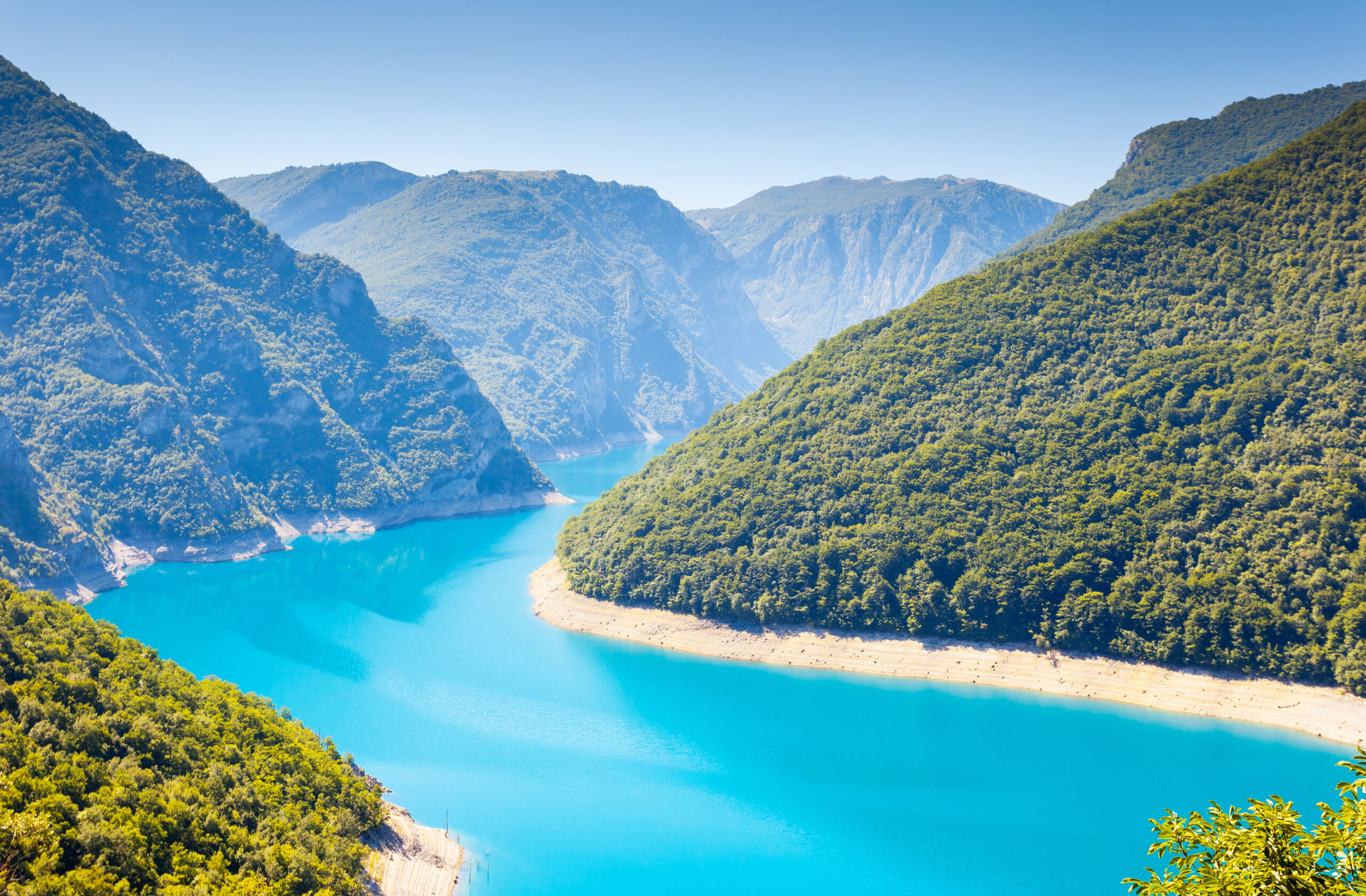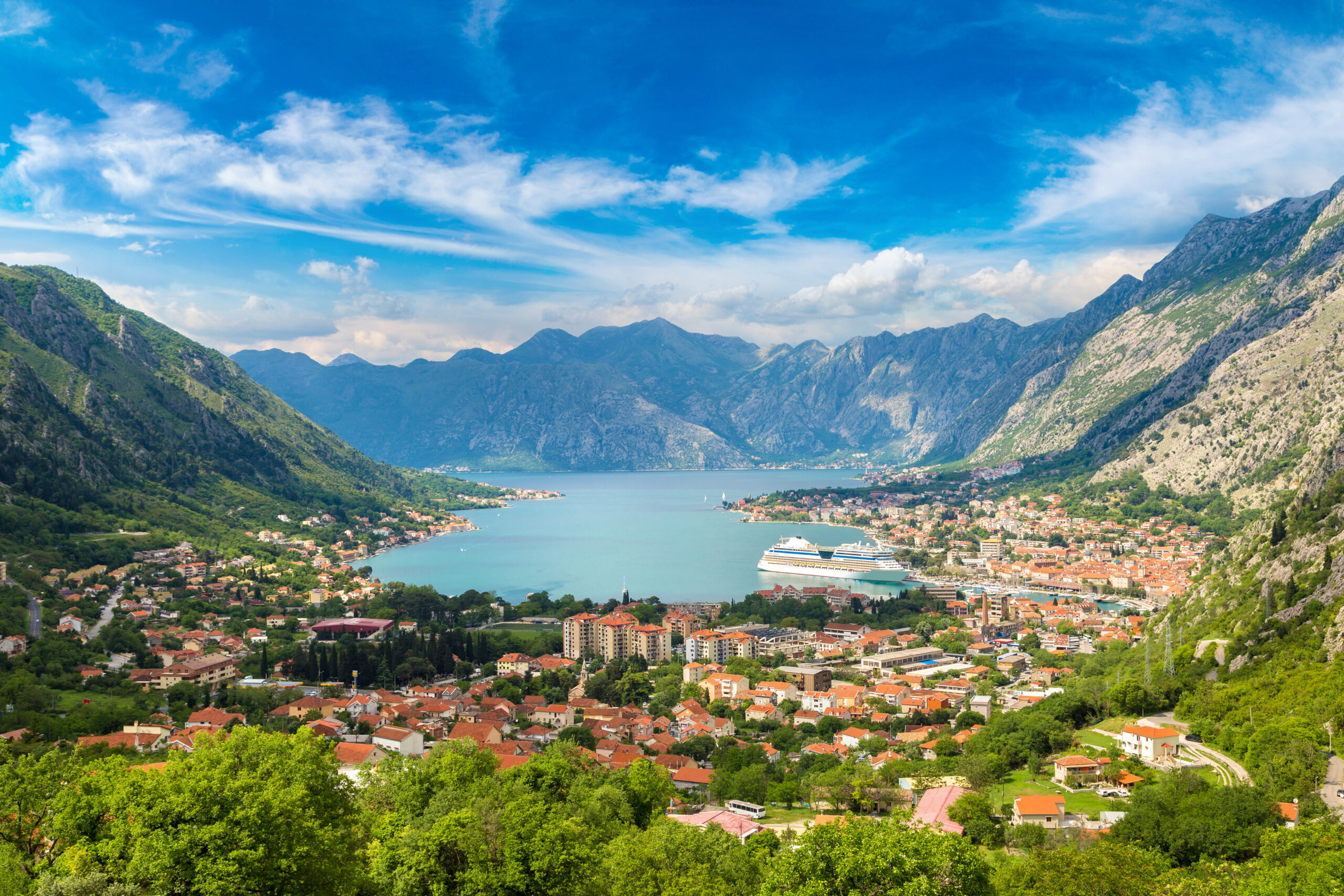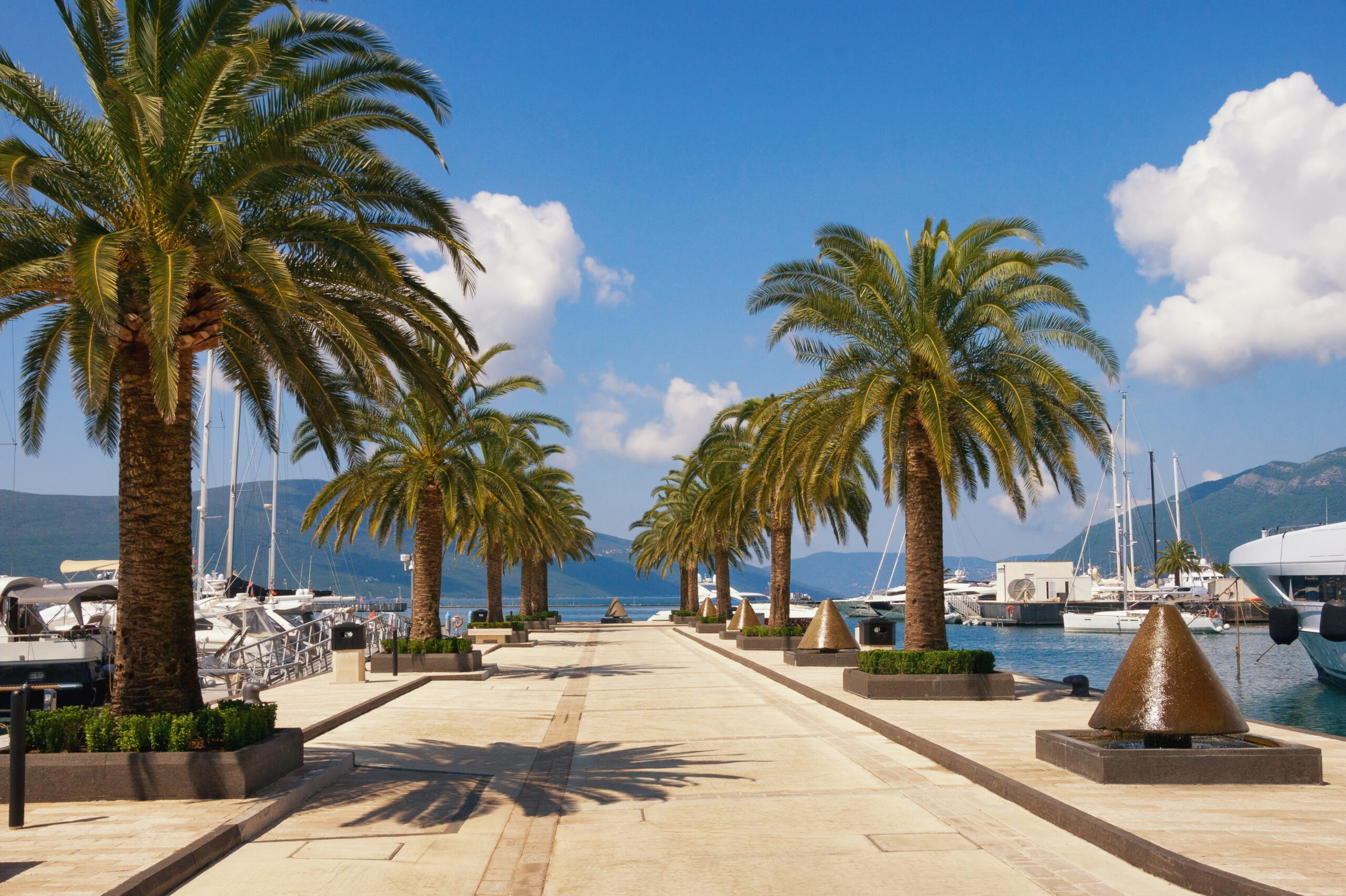Our phone lines are open from 09:00 - 17:00




WARNING
Sorry, we are not able to process your request because of following
errors. Please rectify them:
- Country is mandatory
- City is mandatory
- Check - in Date is mandatory
- Check - out Date is mandatory
Sorry, we are not able to process your request because of following
errors. Please rectify them:
- From is mandatory
- To is mandatory
- Depart Date is mandatory
- Return Date is mandatory
Sorry, we are not able to process your request because of following
errors. Please rectify them:
- Country is mandatory
- City is mandatory
- Check - in Date is mandatory
- Check - out Date is mandatory
Sorry, we are not able to process your request because of following
errors. Please rectify them:
Montenegro
Montenegro
Timeless Charm, Breathtaking Views
Kotor, Montenegro
A City of Stone, Sea, and Serenity
Tivat, Montenegro
Serenity, Style, and Stunning Views
Budva, Montenegro
The Heartbeat of Montenegro’s Coast
Montenegro
Montenegro
"An up-and-coming destination, with plenty of hidden gems, unspoilt beaches and excellent 5-star luxury facilities across all resorts..." Montenegro offers some of the most awe-inspiring natural scenery that you will find anywhere, replete with golden beaches that sit in the shadow of mighty mountains. Montenegro lies on the west of the west coast of the Balkan Peninsula and boasts a pristine coastline along the South-Adriatic Sea.Its most popular tourist destinations are dotted along the spectacular Bay of Kotor, which combines the blue waters of the Adriatic with medieval walled towns that ooze atmosphere.
Budva is home to the incredible Stari Grad, the bustling old town that enchants visitors from around the world, while Tivat has the Porto Montenegro Marina, a recently built super-marina that will make you feel as if you are in Monaco. This along with its rich history, great culinary tradition and bustling nightlife, make Montenegro the ideal off-the-beaten-track holiday destination.
At a Glance
Airports
Tivat Airport (TIV)
Avg. Flight Time
2 - 3 Hours
Avg. Temperature
27°C°C
Avg. Transfer Time
1 Hour
Time Zone
GMT+1
Currency
Euros
Language
Montenegrin
Population
700,000
Top Holidays
Applied Filter
We have found 8 results
Filter
Dubrovnik & Montenegro
10 Days Tour
Albania, Montenegro, Croatia, Bosnia & Herzegovina
InFocus
Location
Located in southeastern Europe, this country shares borders with Croatia, Bosnia and Herzegovina, Kosovo, Serbia, and Albania. It is renowned for its stunning mountains and a narrow coastline along the Adriatic Sea. The highlight of this coastline is the Bay of Kotor, which resembles a fjord and features limestone cliffs and sheltered beaches, making it an ideal destination for a relaxing, romantic holiday. Other notable attractions include the Tara River Canyon, which is the deepest in Europe and the second deepest in the world. The capital and largest city is Podgorica, and the country has a population of approximately 620,000.

Weather
Its climate varies depending on where you are in the country. The coastal region has a warm Mediterranean climate, with hot summers and wet winters. The climate gets slightly colder as you move farther inland due to the higher altitude. The best time to visit is in the summer months of June, July, and August, when temperatures average above 25 degrees and sea temperatures are warm. The coastal climate remains warm in the spring and autumn, although there is an increased chance of rain.

History & Culture
Initially settled by the Illyrians in the late Iron Age, they built a variety of structures, including hill forts, and participated in trade with the Greeks, thereby influencing the entire area with Hellenistic culture. The area then became a part of the expanding Roman empire from the 2nd century BC onwards, with the last pocket of resistance falling at around 100 BC. Like many places, Montenegro benefited from Roman rule, with trade and the economy thriving. It was absorbed into the Byzantine Empire following the collapse of Rome and was ruled from Constantinople until 1042 AD. Over the following years, several parts of Montenegro began to gain independence and were absorbed into the Serbian empire. The country was then divided, with parts under the Ottoman Empire and the coastal regions under Venetian influence. The Montenegrins rebelled against Ottoman rule in the 17th century, which eventually led to the Ottomans’ defeat in the Great Turkish War. Much of the nation ended up within the Austro-Hungarian sphere of influence after the settlement that followed the Napoleonic wars, eventually joining the kingdom of Yugoslavia upon its creation after the Second World War. Montenegro became an independent nation following the civil war that ravaged Yugoslavia in the 1990s, and it became a prosperous member of the European Union in the 2000s.

Cuisine
Its rich food history has been defined by the many cultures and nations that have occupied it over the years. Popular dishes in the country include: Kačamak, a porridge like meal made with wheat and served with cheese and sour milk; a variety of soups, usually made with vegetables or potatoes; Rastan, a spicy cabbage dish cooked with potato; prsuta, a smoked ham, similar to the more famous Italian prosciutto; succulent lamb cooked in a variety of different ways; along with plenty of other grilled meats. There are also a variety of local wines from Montenegro and other Balkan countries.

Family Activities
Establishing itself as the perfect destination for active families who want to get out and enjoy the great outdoors, there is a plethora of great activities to keep everyone happy. Foremost among these are the many incredible beaches in the area, with Jaz Beach and Mogren Beach, especially famous. The entire Montenegrin Coastline is contained within the sheltered Bay of Kotor, making it safe for children to practise watersports. The area is also mountainous, meaning that families can enjoy hikes or bike rides, replete with stunning natural scenery to explore on a family holiday.

Tours & Attractions
The majority of Montenegro’s cities are old, offering rustic towns replete with medieval architecture and a bustling atmosphere. Both Kotor and Tivat are renowned for having excellent old towns, although the unquestioned king is Budva’s Stari Grad, a walled maze full of amazing buildings, shops and much, much more. Montenegro is also blessed with incredible nature, and no visit there would be complete without a sunning session close to the blue waters of the Adriatic. For more adventurous tourists, the Tara River Canyon, close to Tivat, is the second deepest in the world and can be zip-lined across, if you don’t mind heights.

Entertainment
The liveliest destination is Budva, nicknamed the Montenegrin Miami, thanks to its gorgeous beaches and excellent nightlife. The best of these is Top Hill, an open-air nightclub that seats more than 5000 people and offers stunning nighttime views over the city. The capital, Podgorica, is also known for its vibrant nightlife, offering some of the best party venues in Eastern Europe. Most famous of these are the moving underground venues that host parties from dusk until dawn. Various other places in Montenegro offer a slightly less busy nightlife, with trendy bars where visitors can enjoy a quiet drink with friends.

Shopping
Though shopping in Montenegro is not renowned, visitors can still find a few great local products in certain places. One absolute necessity is Vranac wine, a delicious local red that visitors are sure to enjoy. The best place to find bargains is open-air markets, which sell a variety of local products, including jewellery and other handmade products. Clothing boutiques in larger towns sell fashion items from Italy or quirky designs by local designers. The best towns for shopping are Kotor, Budva and the capital Podgorica.

Things To See And Do
Montenegro is a real paradise for nature lovers, and many of the noteworthy things to do here are nature-related. No visit to Montenegro is complete without experiencing the beauty of Kotor and the stunning Kotor Bay. Kotor is a charming Venetian-esque town and a UNESCO World Heritage Site, and Kotor Bay, with its crystal-clear waters and surrounding mountains, has been voted one of the most beautiful bays in the world. Perast is another quaint town on the shores of Kotor Bay, and from here you can take a boat trip to the small islets of St George and Our Lady of the Rock.

Map
Other Information
Highlights
- Visit the Old Town (Stari Grad)
- Mogren Beach
- Budva Marina
- Walk the Old Walls
- Day trip to Perast
- Old Town
- Hiking
- Kayaking
- Visit Porto Montenegro
- Day trip to Kotor
Opening Hours
-
Monday 09:00 - 16:30
-
Tuesday 09:00 - 17:00
-
Wednesday 09:00 - 17:00
-
Thursday 09:00 - 17:00
-
Friday 09:00 - 17:00
-
Saturday 09:00 - 16:30
-
Sunday Closed
Contact Cyplon Holidays
Contact our Specialist Reservations Team
Christmas & New Years Opening Times
- Wednesday 24th December - 09:00 - 14:00
- Christmas Day - Closed
- Boxing Day - Closed
- Wednesday 31st December - 09:00 - 14:00
- New Years Day - Closed
Let our dedicated Reservations Team contact you...
Request a Call Back
Request a Call Back
WARNING
Sorry, we are not able to process your request because of following
errors. Please rectify them:
- Country is mandatory
- City is mandatory
- Check - in Date is mandatory
- Check - out Date is mandatory
Sorry, we are not able to process your request because of following
errors. Please rectify them:
- From is mandatory
- To is mandatory
- Depart Date is mandatory
- Return Date is mandatory
Sorry, we are not able to process your request because of following
errors. Please rectify them:
- Country is mandatory
- City is mandatory
- Check - in Date is mandatory
- Check - out Date is mandatory
Sorry, we are not able to process your request because of following
errors. Please rectify them:
WARNING
If you would like to book Package for more than 35 days, then Please contact us on 0800 xxx xxxx















